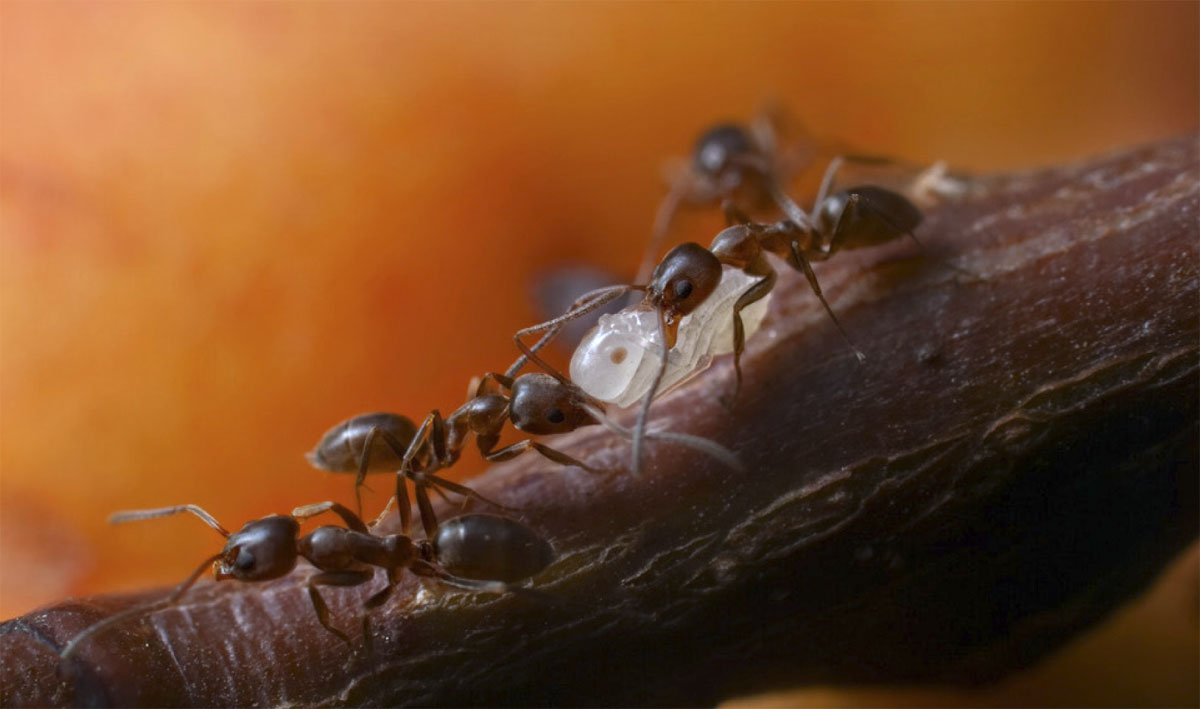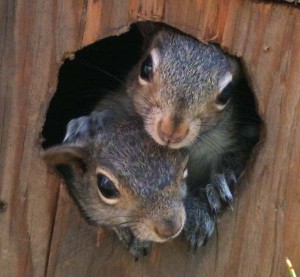During the hot days this fall, ants entered my house. Then they left. This winter they came in again during the rain. What drives them inside when it’s both hot and cold, and why are there so many of them?! —Virginia
Well, Virginia, in my experience these pesky little invertebrates come to visit mostly in the fall and winter when the temperature drops and the rains begin. I want to reassure those folks who’d love to blame their roommates or spouses for the invasions that they have absolutely nothing to do with bad housekeeping. These ants basically strive for and thrive in the same perfect Goldilocks conditions that you and I enjoy—75 degrees and dry. So, idyllic conditions are what they’re seeking when they invade your space. (But they’re happy to take advantage of any food you’ve left around once they’re there!)
The “they” we’re talking about is not just any ant species that happens to be in your neighborhood: “They” are Argentine ants. If this were a movie, there would be a scream right now—Oh my GOD!!!! NOT ARGENTINE ANTS!
Ants are one of the dominant insects on the earth, and there are 14,000 different species of them. In California 250 species exist, and more than 100 of them live in the Bay Area. The only regions without ants are Antarctica and the high Arctic. Get used to them.
As the name implies, Argentine ants are not native to our stomping grounds. Their original range in South America is limited to lowlands along the Parana River, but clearly these ants have what it takes to thrive all over. They’ve colonized six continents and many oceanic islands. They were first identified in North America in New Orleans around the turn of the last century and they have been on the march across our continent ever since. A few years ago, researchers discovered a mega-colony—and I do mean mega—that ranges from San Diego to San Francisco, 560 miles long, and may contain one trillion ants! In the Mediterranean there is an even larger colony that spans 3,700 miles. So what defines an ant colony? It’s not that there’s a gigantic labyrinth of tunnels connecting all those ants. Rather, a colony, which can include thousands of queens, is defined by a lack of aggression between the individuals of that colony.
All researchers agree that the extraordinary success of Argentine ants is due to reduced aggression, and therefore cooperation, among the members of the supercolony. But what’s the reason for the harmony? That’s a question researchers have been arguing about for more than 20 years.
Initially it was believed that the lack of genetic diversity among the ants reduced antagonism and encouraged collaboration and therefore resulted in widespread success. But Stanford researchers have discovered quite a bit of genetic diversity within colonies, even those close to each other. It appears that environmental conditions and food resource availability may have more to do with the reduced aggression than genetic relationships. When there is plenty to eat, peace reigns. Maybe.
Argentine ants have disrupted many local ecosystems by outcompeting the local species, especially in urban areas. But again the Stanford folks, who have conducted a long-term study of the ants at Jasper Ridge, have found some native species are good at resisting the invaders. As much as we’d like a simple explanation for the Argentine success, it just isn’t that clear. Welcome to the real world! But the bottom line remains: Argentine ants are one of the top 100 nasty introduced critters that have spread unchecked throughout our planet.
Finally, Virginia, biopesticides and a tidy kitchen will not stop the invasion. These ants are only a sixteenth of an inch long and can squeeze through quite narrow cracks. The only way to stop them is to totally seal up your house. Good luck with that.





